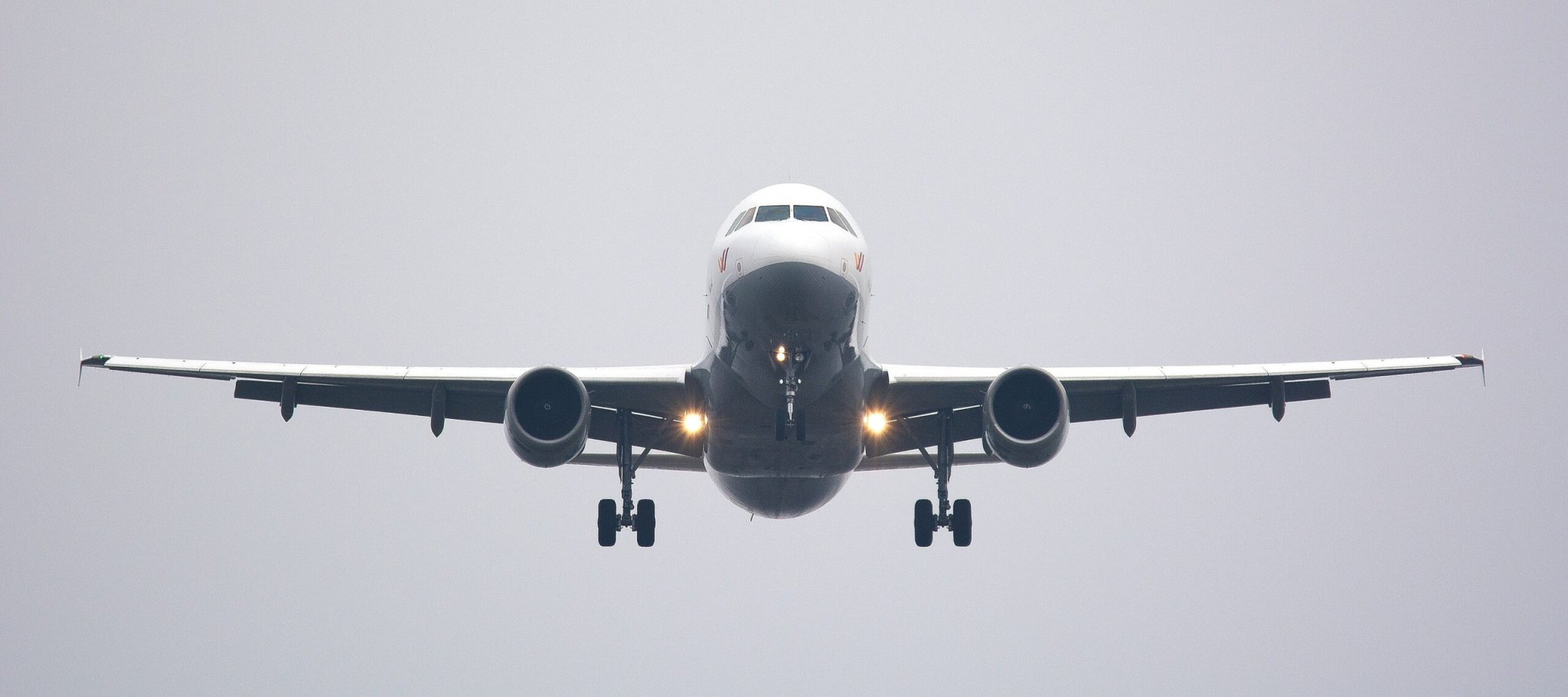


When bees leave their hive hoping to find a better location for their nest, they often first settle nearby, usually on a tree branch, and cluster around the queen while several dozen scouts go off in search of a new home. Each scout then returns and starts to dance, indicating the direction and distance of the site it found. The more excited they become, the more frantically they dance, signaling the others to have a look. Ultimately, a favorite location emerges from all this swarming and buzzing about — and they all depart and fly to it.
In computer science, this behavior is known as particle swarm optimization, which holds that each particle’s movement not only is influenced by its own position but is guided to other good positions, all of which are updated as other particles find better positions. This process usually moves the whole collection of particles toward the best outcome.
You might wonder what this has to do with airline routes.
Flight routes for passenger aircraft are well established. But in practice, unforeseen factors — mostly related to weather — often force pilots to change course, meaning they have to cover more miles than originally intended. This costs time and money, and it uses up more fuel, producing more carbon pollution.

Aviation is the world’s most rapidly growing source of greenhouse gases, according to Friends of the Earth. Aircraft engines produce heat, noise and carbon dioxide, as well as a host or other pollutants, including carbon monoxide, nitrogen oxides, sulfur oxides, lead, and black carbon.
With the goal of reducing greenhouse gas emissions, noise pollution, and operating costs, scientists and engineers from the Institute of Physical Chemistry of the Polish Academy of Sciences in Warsaw and the Universidad Cooperativa de Colombia set out to optimize the flight routes of short-range passenger aircrafts by designing new algorithms based on the behavior of bees and cuckoos.
“In the case of bad weather or other obstacles, these algorithms will select the best route with the minimum fuel consumption leading to less carbon dioxide emissions to the atmosphere,” said Juan Carlos Colmenares, a scientist with the Polish Academy of Sciences. “This also will reduce the operating cost of the airline, and hence, the price of flight tickets. The great advantage of the software is that it works in real time. The flight controller and the pilot receive hints on a regular basis.”

The algorithms use principles of nature to help choose the appropriate flight paths. With swarming bees, for example, each bee in the group decides on the next movement based on knowledge of the best places it or other bees have visited. In the software, the “bees” represent various points around the aircraft, each treated as a separate individual.
“The algorithm begins working from a swarm of points moving around the plane, and — in the next iterations of the algorithm — the ‘bees’ begin to cluster around the optimal place at a given moment, which is considered the next stage of the flight path,” Colmenares explained.
“The second algorithm for searching for the next stage of the flight imitates the behavior of the cuckoo — the bird laying its eggs in other birds’ nests to deceive other birds into raising their young,” he continued. “The best ‘eggs,’ or solutions, will go unnoticed and survive, but the worst ‘eggs,’ or solutions, will have a chance to be discovered by the owner of the nest and will be discarded.” Scientists described their work in a study published in the journal Cogent Engineering.

Researchers tested the software simulating an Airbus A320 aircraft, serving routes of around 220 miles with a typical cruising speed of about 515 miles an hour. The simulations showed that the alternate routes proposed by the software were, on average, nearly 7 miles shorter than the typical alternative routes, according to the scientists.
Ultimately, the software’s operation reduced direct operating costs of one aircraft by more than one percent. That may not sound like a lot, but in the case of a single oft-used aircraft, it could produce hundreds of thousands of dollars in savings over the course of a year, the researchers said.
“The bio-inspired algorithms will optimize the route based on fuel consumption, pollutant emissions to the atmosphere, operating costs, and aircraft safety, automatically without the pilots and controllers,” Colmenares said. “These kinds of algorithms will help plots in the decision-making process for unexpected situations, help the airlines save money, and reduce the environmental impact.”
Marlene Cimons writes for Nexus Media, a syndicated newswire covering climate, energy, policy, art and culture.
